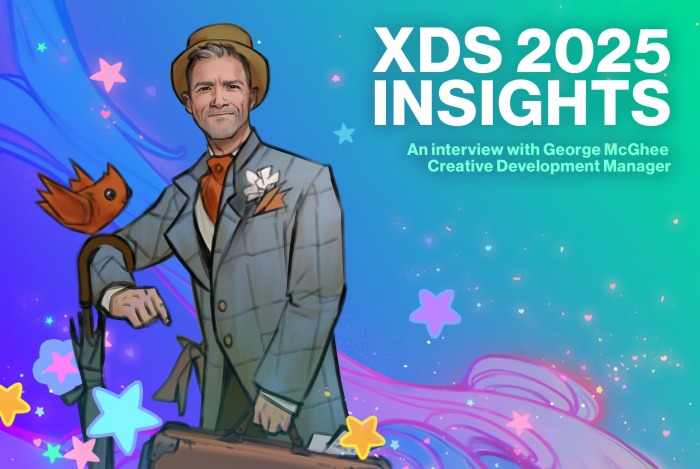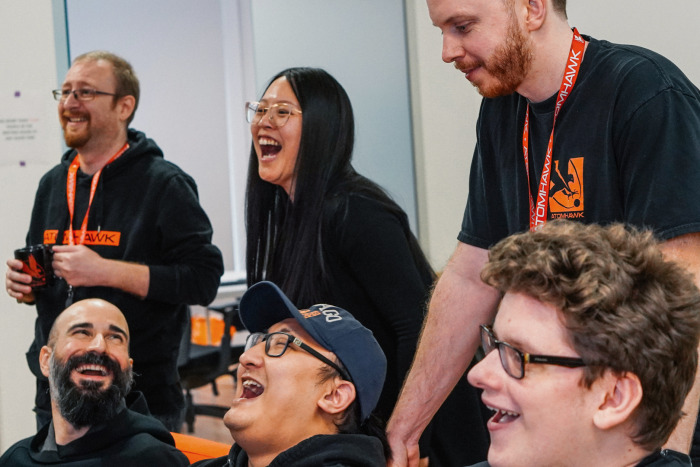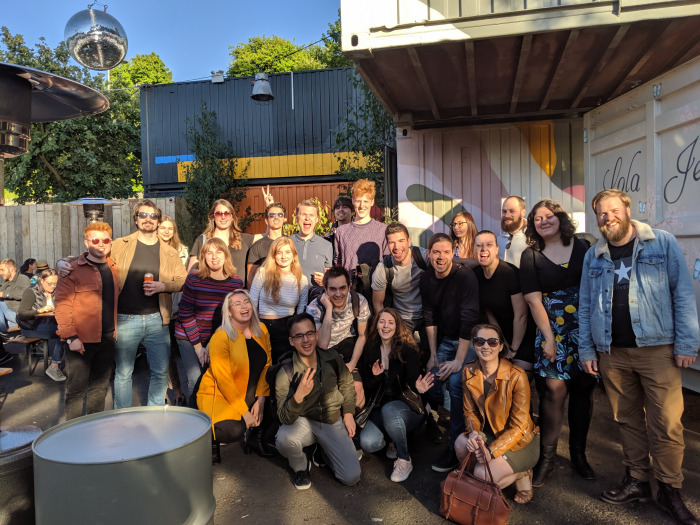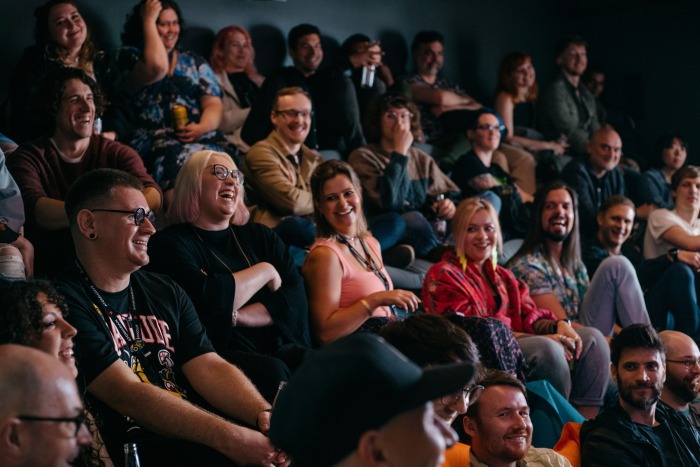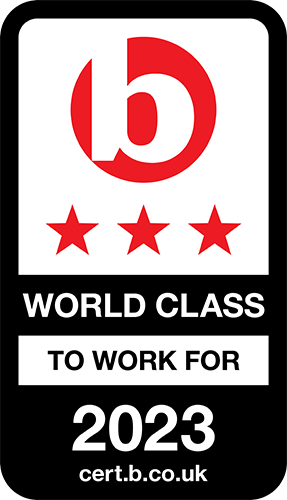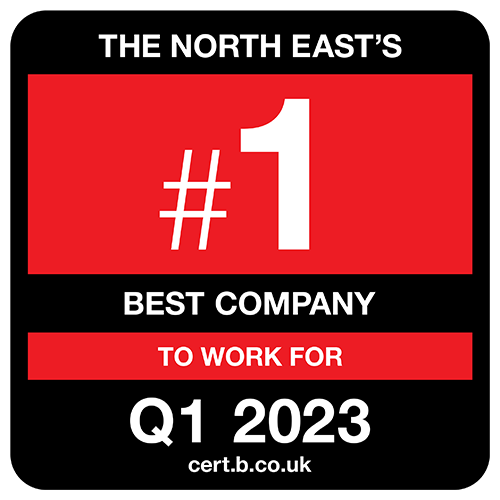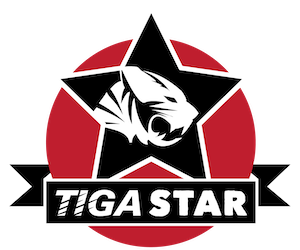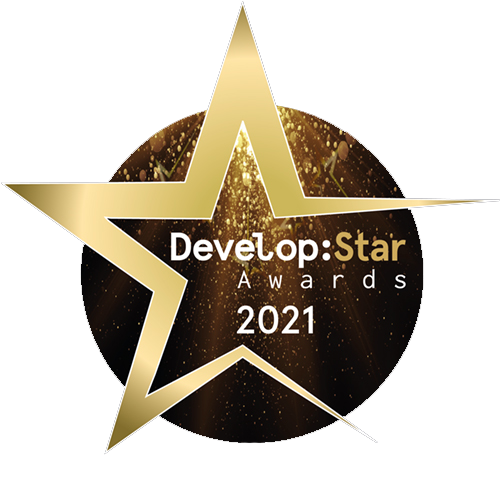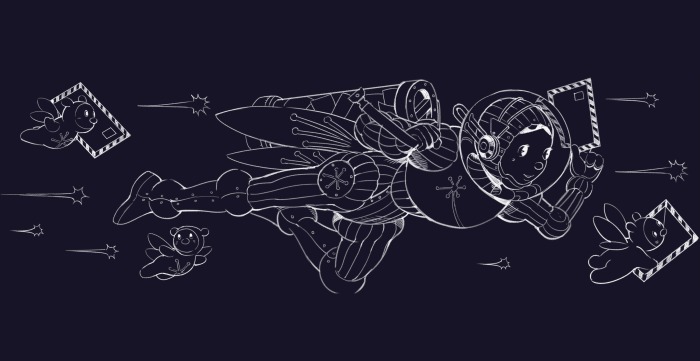Game development is evolving. Many studios face downsizing and restructuring. The market has become a place where caution and budget constraints dominate decision-making. Thus, developers are turning to external partners to extend their capabilities, fill skill gaps, and inject innovation into their projects. External development is no longer just a support function for gamedev, it’s a strategic asset.
For a visual development studio like Atomhawk, places where we can foster open dialogue about how to navigate industry shifts is vital. One such event is XDS (External Development Summit), a professionals-only summit that brings together hundreds of developers and fellow service providers to collaborate, share insights, and celebrate innovation. It is one of our most valuable events in our calendar, and, this year, we proudly supported XDS as a Gold Sponsor of the XDS Connect App.
We spoke with George McGhee, Atomhawk’s Creative Development Manager, to hear his reflections on this year’s event. His key takeaway? External development is the way forward to derisk game development.
